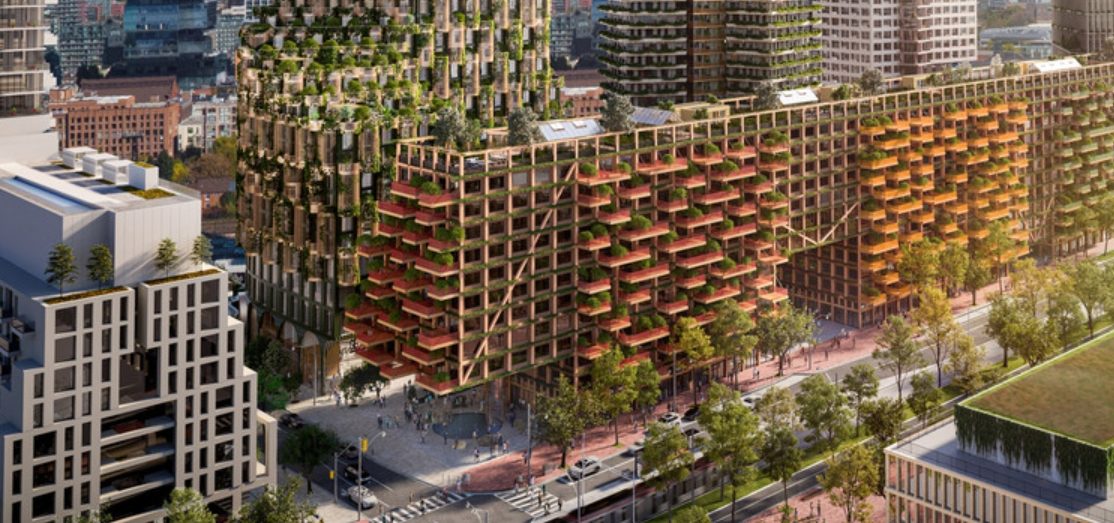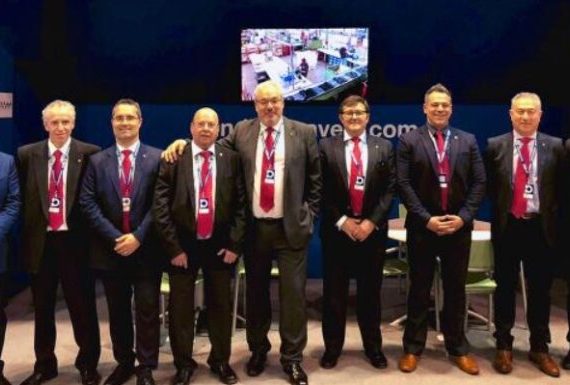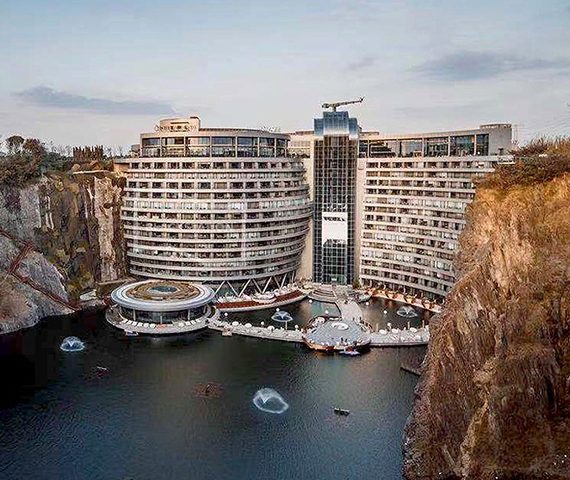As more and more smart cities make their way around the world whether in countries in the Far East, Latin America or the Middle East, Toronto is moving away from the concept of smart cities and re-evaluating their substantial contribution to the community.
The Canadian city, which was ranked 15th in Global Finance’s ranking of the world’s best cities to live in 2022, plans to “end the smart city forever”, especially after the controversial reasons for Quayside’s cancellation, questioning its lack of privacy, its need for urban scale, and the existence of a technology-driven environment where people actually want to live.
In 2019, Sidewalk Labs released renderings of Toronto’s Quayside neighborhood development, designed by Snøhetta and Heatherwick Studio. Plans for Quayside were designed to be a smart, networked neighborhood for the city, bringing together offices, shops, and residences, along with other programmatic combinations. The program was established to integrate physical, digital, and political innovations to embrace affordability, sustainability, and quality of life, and create economic opportunity in 12 wooden towers. The high-rise wooden structures would be created with repetitive frames, built from a modular kit of parts that could be adapted throughout the neighborhood.
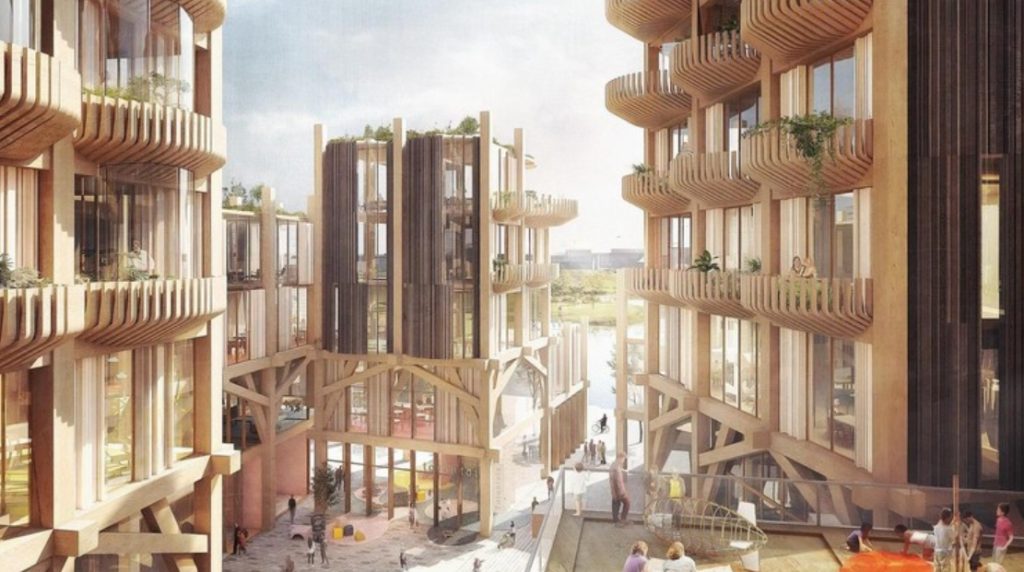
However, in May 2020, CEO Daniel L. Doctoroff announced in a Medium post that the impact of the COVID-19 pandemic made the prototype no longer viable. Sidewalk Labs aimed to “unlock the potential” of the city’s eastern waterfront, but the government agency responsible for developing the area, Waterfront Toronto, voted unanimously to limit the team’s original plan from around 77 hectares to almost 5 hectares. Local residents and advocates spoke out against the project amid privacy concerns as the company planned to collect data as part of its smart city initiatives.
As explained in Karrie Jacobs’s MIT Technology Review article, citizen opposition to Sidewalk’s vision for Toronto had to do with the lack of privacy, not the architectural or urban aspect of it, especially in a nation like Canada where there is little tolerance for private sector data collection on public streets, transportation and daily activities.
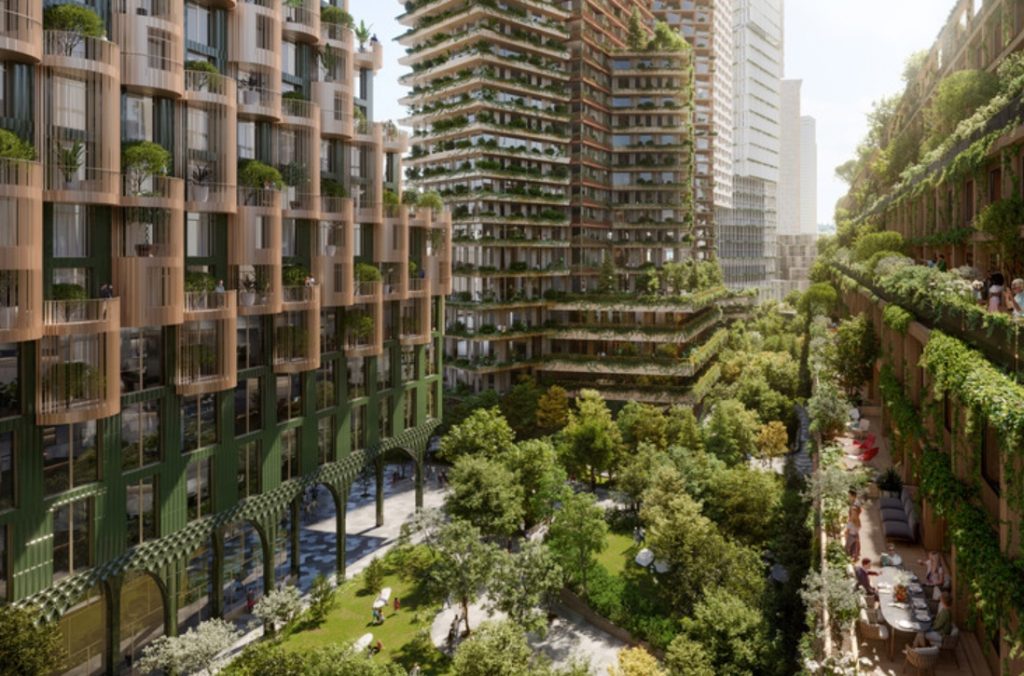
Considering that the future of the built environment should improve the daily lives of its people, the future of smart cities and their global spread seems to be uncertain. With the rise of 15-minute cities, where everyone has access to work, school, business facilities, and recreation within a 15-minute walk or bike ride, as planned in Utah, or urban interventions pedestrian as seen in Paris and Milan, technology does not seem to be the answer for the future of improving cities, but rather it can increase the inequity already existing and present in a place, if structural urban problems are not addressed.
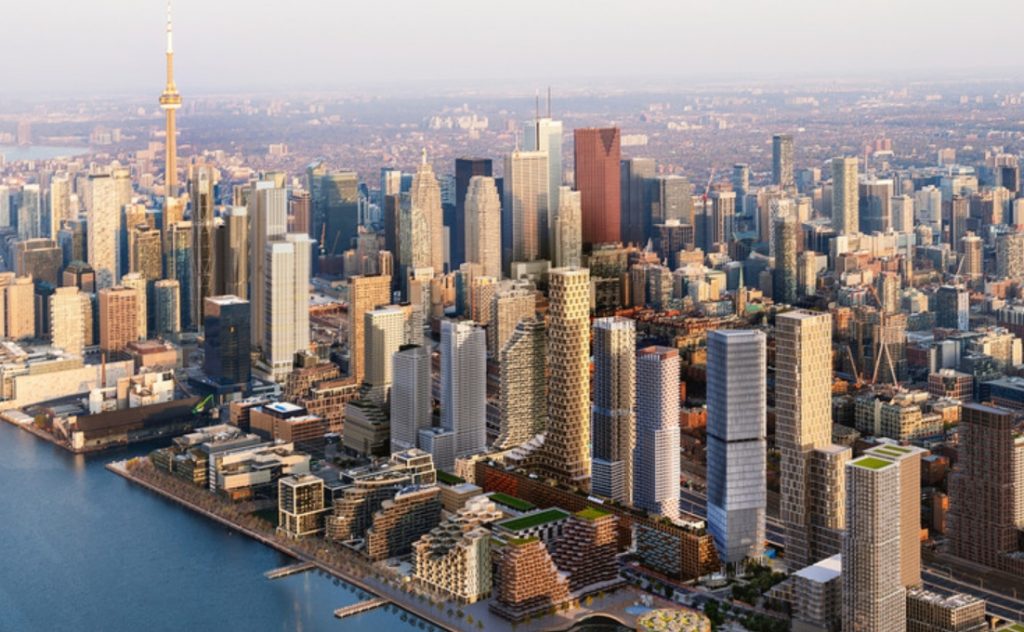
In lieu of the Quayside project, a consortium comprised of developers Dream Unlimited and Great Gulf along with lead architects Alison Brooks Architects, Adjaye Associates, Henning Larsen and landscape design practice SLA was selected to develop the area into a new neighborhood, containing affordable housing, strong public spaces, and new business opportunities. The design for the 4.9-hectare site on the Toronto waterfront proposed more than 800 affordable housing units, along with an 8,000-square-meter forested green space and urban farm, accompanied by art venues and flexible educational spaces.

